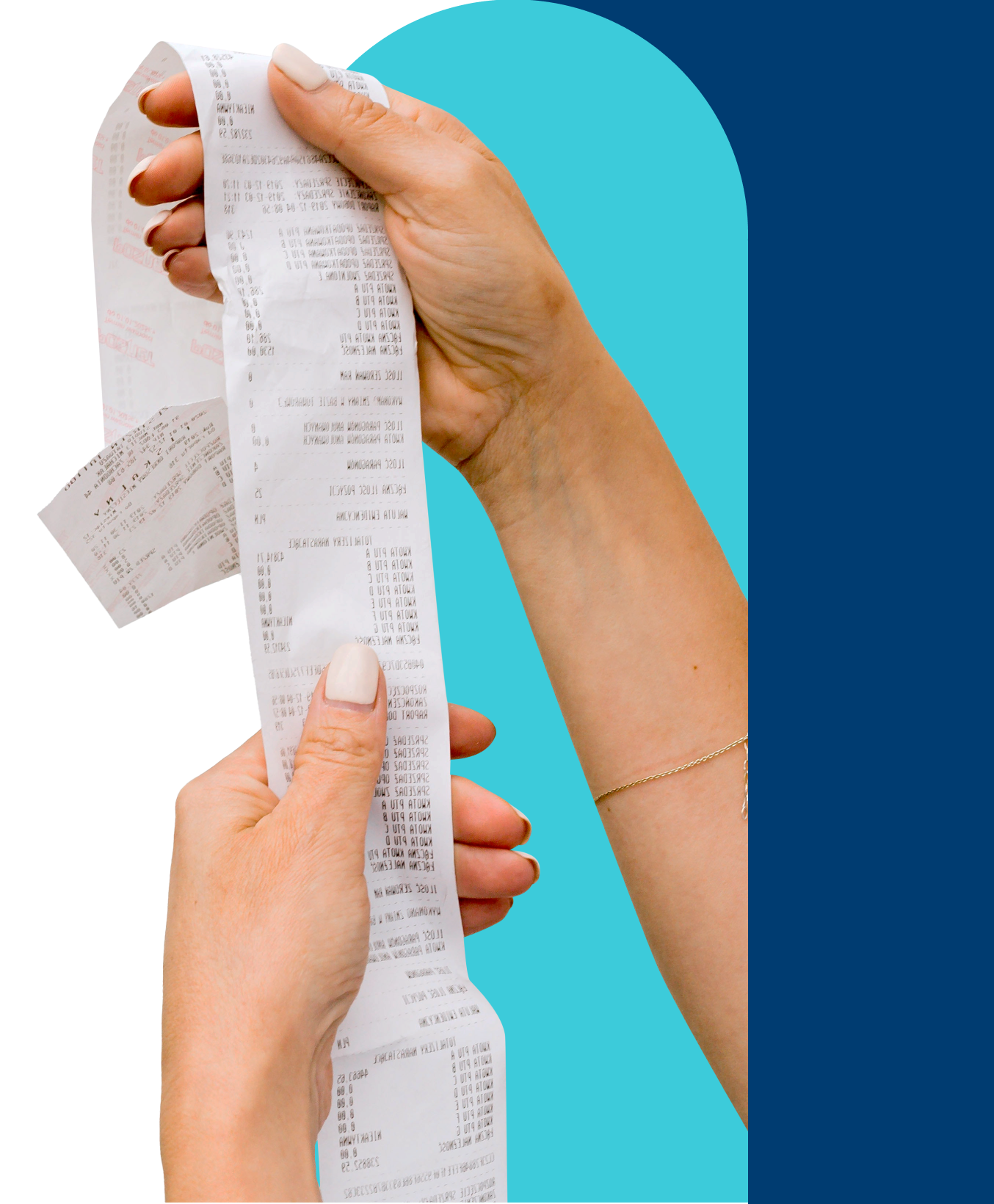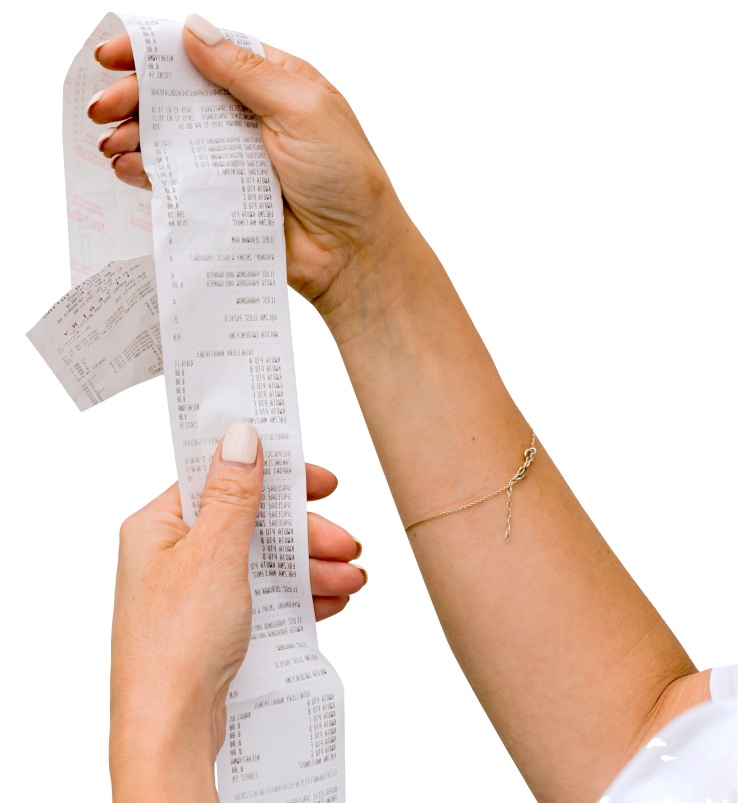
Live
a little
Where might consumers’ “treat budget” be headed in 2023?

SCROLL FOR MORE





SCROLL FOR MORE



Back in the 2008 recession, luxury lingerie sales soared. During the Great Depression and the 2001 recession, people were buying lipsticks in droves. You’d expect consumers to cut down on these “luxuries” during a downturn - so what’s going on here?
Well, consumers’ behaviors and attitudes aren’t that straightforward. Sometimes they do the opposite of what you’d rationally expect. But even though every crisis brings its own unique challenges, there are lessons we can learn from past downturns to understand how consumers might behave in the future.
There’s lots of talk about potential recessions in several major global economies heading our way again. While nothing is clear-cut yet, if it does come to pass, it’ll likely be very different to past slowdowns. No other recession has ever followed a time of such severe restrictions before, so pent-up demand is high.
We’d be lying if we said we had concrete answers. Nobody does. But what we can do is use our global data to try to piece together the puzzle, and offer up some predictions of where consumers’ discretionary spending might be headed in 2023.
Unlock the full digital experience and receive a good ol’ fashioned PDF, too.
Globally, financial and economic confidence is starting to waver. This is a natural, expected reaction during times of uncertainty, similar to what we saw during the onset of the pandemic.
With the exception of APAC, consumers generally feel more confident about their financial situation than the economy as a whole. North America and Europe have seen the biggest decreases in financial and economic confidence since mid 2021, regions where confidence is significantly lower generally compared to others. Confidence in the economy has dropped by 40% in North America and 24% in Europe during this time.
Pent-up savings off the back of the pandemic or a favorable job market could be contributing to feelings of greater financial comfort.
It’s important to remember that not everyone will feel the brunt in the same way, and while many consumers will no doubt make cutbacks and re-prioritize spending, many others - particularly higher earners - will continue to spend, and spend big.
Obviously, financial security during times like these is incredibly uncertain, and likely to fluctuate further. But, for now, many aren’t battening down the spending hatches just yet.



